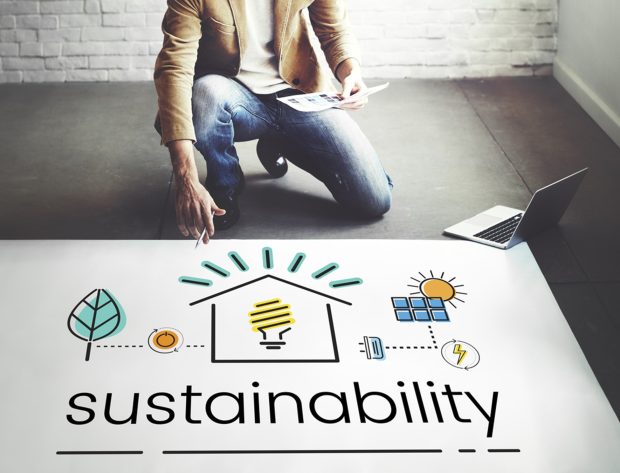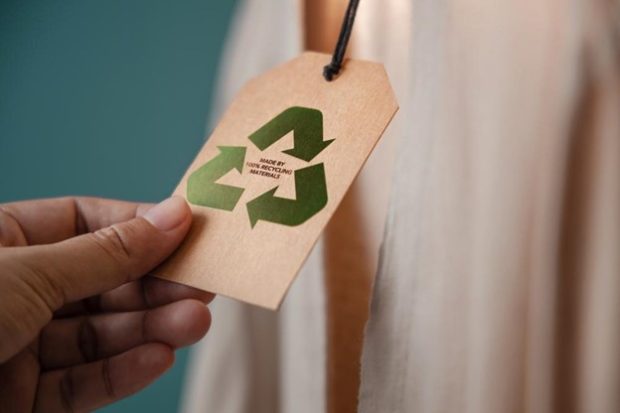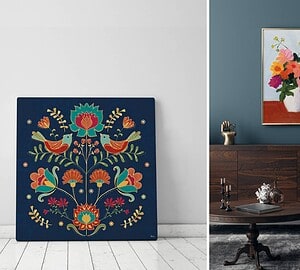
The climate crisis is real, and though the individual consumer can do little to alter the overall trajectory of the global climate, any small, sustainable action could change the cultural mindset and make a difference on the planet’s health and safety.
Unfortunately, style tends to be viciously unsustainable, and the interior design industry is one of the worst offenders in decimating natural resources and creating waste. If you want your interior style to help the environment, not harm it, here are some essential tips to follow in creating your interior designs:
Reuse, Reclaim, Upcycle and Recycle Design Pieces
A significant reason that the design industry is so devastating to the environment is that it relies on constantly shifting trends to drive continuous consumption. You might spend a full year renovating your home to fit the dominant style of today, but in a matter of months, a new style is almost certain to make your home look outdated.
To keep up with trends, many people continuously throw away their old furnishings and décor and replace them with new furnishings and décor. This is unsustainable for two reasons. First, all the “old” and “outdated” elements of your home that get thrown away end up in landfills or else littering the land and oceans. This is particularly egregious because so many of these components of home design remain in good, usable condition. Secondly, the new furnishings and décor require resources to create, and those resources might be better conserved or redirected to more meaningful applications.
The solution to this problem is relatively simple: continue using your home décor for as long as possible. You might try to acquire pieces that are relatively neutral in style, so that you can easily alter them to suit new trends through simple and sustainable styling. If you do purchase new furnishings, you might look for gently used items through local sellers and thrift stores. With some creativity, you should be able to retain a relevant interior style without contributing to the destructive cycle of consumption.
Integrate Energy-saving Appliances and Fixtures
Interior design is never purely aesthetic. Good interior decoration always considers the functional aspects of a space, as gorgeous interiors must be usable to be truly enjoyable. An important practical component of sustainable design is the reduction of energy consumption, which helps lower a room’s carbon footprint and keeps the environment healthier and safer.
There are many ways for interior designers to consider energy consumption in design. The first and most obvious is the addition of energy-saving appliances, to include kitchen appliances as well as HVAC units, water heaters and more. In this case, replacing old models with new ones will not only save you money but will also help the environment thrive into the future. You might also install fixtures like ceiling fans that work alongside other appliances to reduce energy expenditure.
Source Local Products and Materials
There are pros and cons to our global economy, and one of the most substantial downsides is the carbon emissions required to transport materials and goods around the world. To reduce the carbon footprint of your interior décor, you might opt for materials and products from your region. Décor items and home fixtures that are produced in other countries often cost less — usually because they have lower standards for resource consumption and rely heavily on underpaid labor, both of which can contribute to worse environmental outcomes. You may need to increase your design budget to utilize local goods and materials, but in doing so you might also fill your home with pieces you will love for a lifetime.
Choose Renewable and Low-impact Materials
If you know anything about sustainability, you know that some materials are worse for the environment than others. In some cases, materials are too difficult to extract from the environment; some materials are extremely limited in quantity and difficult to regenerate; some materials require extensive and destructive processing; and some materials create toxic waste when discarded in landfills.
Unfortunately, because so many consumers are interested in making sustainable choices, many organizations greenwash their products — which is a marketing strategy that makes a material appear more environmentally friendly than it truly is. Before committing to any material or product, you should extensively research its potential environmental impacts. Then, you can fill your home with safe and natural materials that are good for the Earth.
Too many interior designers are so interested in maintaining a chic space that they neglect to consider how their constant redecorating is impacting the environment. By thinking first about the environment and second about your interior aesthetics, you can make a difference.




